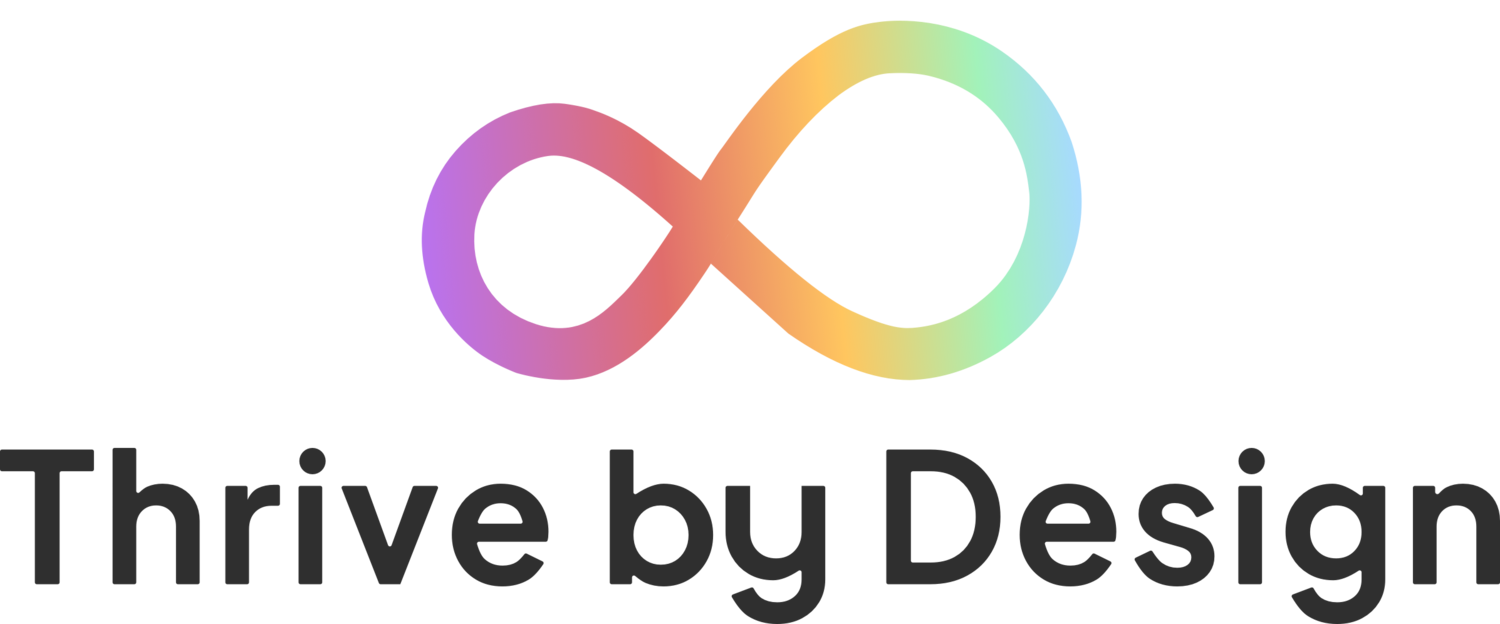Digital Inclusion Tools for Integrated Care Systems
This week we are sharing some of the insights, tools and resources that we have discovered or created along our Inclusive Digital Transformation discovery journey.
In this blog we are releasing two assets we hope will be useful for Integrated Care Systems thinking about how to deliver the headline guidance set out in the What Good Looks Like Framework and the Operational Guidance 22/23 around a digital inclusion strategy.
We advocate that Integrated Care Systems don’t consider ‘digital inclusion’ in a silo and do think of digital exclusion as a complex system issue not an individual one. More on this in our blog on our Inclusive Digital Transformation discovery journey.
Digital Inclusion Blueprint
Early on in our journey in 2020/21 we worked with the three integrated care systems across Yorkshire and Humber. We have detailed this work in a previous blog.
Image one: Digital Inclusion Blueprint
The result was a digital inclusion blueprint which we hope might be useful for other Integrated Care Systems thinking about what to incorporate into their digital inclusion strategies. It incorporates tackling digital and data poverty, champions / ambassadors/ connectors and working in partnership. It shows the flow and connections we can make across our systems if we pool resources and value and make the most of the expertise and assets we have across all sectors. It specifically highlights the importance of community organisations and other trusted touchpoints in tackling digital exclusion.
Person Centred Digital Inclusion
In 2020/21 we carried out a piece of research commissioned by what was then NHSX aimed at trying to build a picture of how digital exclusion was being tackled from a health and care perspective. One of the tools we produced as a result of this research was what we have been calling the ‘digital inclusion wheel’. The purpose of the wheel was to firstly help understand the level to which current digital inclusion activities are person or system-centred and secondly to encourage a move towards a more person-centred approach to digital inclusion activities. It focuses on:
Why?
The purpose or intention of the digital inclusion activity
What?
The funding of the activityWhere?
Where the activity take placeHow?
How are people supportedWho?
Are people being supported through their ‘condition’, a characteristic or place
Image two: Person Centred Digital Inclusion
We hope you will find these two tools useful and do let us know if you have any ideas for ways to improve or use them.
Fireside Chat
In this fireside chat our former colleague and good friend Pete Nuckley chats to Emily Redmond from Good Things Foundation.
Join nearly 300 people from a diverse range of backgrounds and places on our Inclusive Digital Transformation Challenge community on FutureNHS.
To find out more about our work email us on info@thrivebydesign.org and follow us on Twitter @TweetsByThrive.



